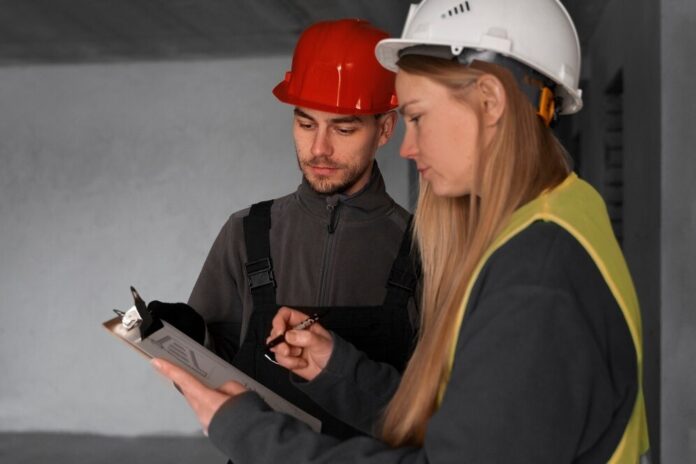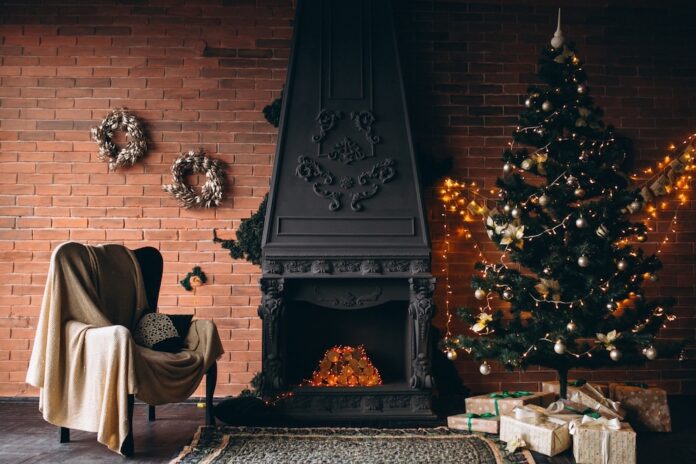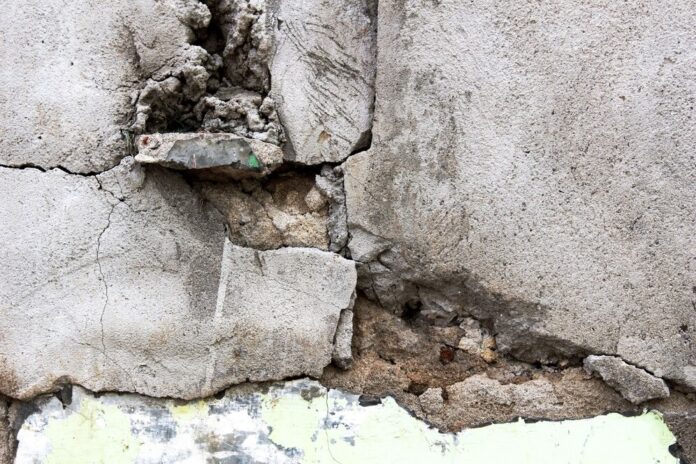Chimneys endure years of exposure to harsh weather and fluctuating temperatures. Over time, issues with crowns, caps, and other elements can arise. Left unchecked, these problems may lead to costly repairs or even safety hazards. A well-maintained chimney ensures efficient operation and reduces risks.
Homeowners often neglect the chimney until issues arise. Regular inspections and maintenance can prevent bigger problems. Cracks, gaps, and debris buildup are just a few common issues that can escalate. Timely sweeping helps extend the life of your chimney.
Key Points:
- Cracked crowns can lead to water damage.
- Missing or damaged caps expose chimneys to debris.
- Regular sweeping prevents hazardous buildup.
- Early detection saves on repair costs.
- Professional services ensure thorough maintenance.
Cracked Chimney Crowns
The crown sits at the very top of the chimney and acts as the first line of defense against weather. It keeps rain, snow, and debris from entering the flue. Over time, crowns develop cracks due to constant exposure to the elements. Water seeps through these cracks, causing damage to the structure below.
Cracked crowns lead to major issues if left unaddressed. Moisture penetrates the chimney, leading to freeze-thaw cycles in colder months. This expansion and contraction cause further cracking and can even loosen bricks. It is important to seal small cracks early. Large cracks require professional repair to prevent further damage.
Chimney Caps: Essential for Protection
Chimney caps are crucial. They prevent water, debris, and animals from entering the chimney. Without a cap, rainwater directly enters the flue, which causes interior damage. Caps also keep out leaves, twigs, and other debris that can block airflow. A blocked flue poses significant risks, including poor ventilation and increased fire hazards.
Caps also prevent birds and other animals from nesting in the chimney. Animals looking for shelter often find their way inside, causing blockages. Removing these blockages can be costly and time-consuming. Installing a cap prevents these issues from occurring.
Damaged or missing caps need replacement as soon as possible. A cap that is bent or warped no longer offers full protection.
How Chimney Sweeping Helps
Regular sweeping plays a crucial role in maintaining chimney health. Over time, soot and creosote accumulate inside the flue. This buildup restricts airflow, causing inefficient operation. More dangerously, creosote is highly flammable. In extreme cases, it can ignite, causing a chimney fire.
In Belgium, ramonage cheminée is mandatory every year for insurance purposes. Professional chimney sweeps, like those offered by VDK-Ramonage, provide thorough inspections and cleaning services. They ensure that the chimney remains free from hazardous buildups. A professional sweep not only removes soot and debris but also identifies any early signs of damage.
Many homeowners attempt to clean the chimney themselves. However, DIY cleaning often misses crucial areas. Only certified professionals have the tools and knowledge to clean the flue properly.
Addressing Common Problems Early

Homeowners often delay repairs until major issues arise. However, early detection saves time and money. Regular inspections help identify small problems before they escalate. Cracks in the crown, missing caps, or small blockages are easy to fix when caught early.
Ignoring minor issues leads to more expensive repairs down the road. Water damage from a cracked crown can affect the entire structure. Blocked flues reduce airflow, increasing the risk of carbon monoxide buildup. Regular maintenance ensures that these problems do not occur.
Safety Concerns
A neglected chimney poses significant safety risks. Blocked flues prevent proper ventilation, causing harmful gasses like carbon monoxide to enter the home. Chimney fires also pose a serious threat. Regular cleaning reduces the risk of such incidents.
Cracked crowns allow moisture into the structure, leading to deterioration. Over time, the chimney may become structurally unstable. Repairs become more complicated and costly when the flue begins to collapse. Early intervention ensures that the structure remains sound.
The Role of Weather
Weather plays a significant role in chimney health. Rain, snow, and fluctuating temperatures all contribute to the wear and tear of the structure. Water seeps through cracks in the crown, leading to moisture buildup inside. In colder climates, freeze-thaw cycles expand these cracks, causing further damage.
Wind can also dislodge caps or cause them to warp. A damaged cap no longer provides adequate protection, allowing rainwater and debris to enter the flue. Regular inspections ensure that the chimney remains protected against weather-related damage.
Maintaining Efficiency

A clean chimney operates more efficiently. Blockages in the flue restrict airflow, causing inefficient combustion. This inefficiency leads to higher heating costs and reduced performance. Regular cleaning ensures that the flue remains clear, allowing for proper ventilation.
Creosote buildup is another issue. This highly flammable substance forms as a byproduct of burning wood. It accumulates on the walls of the flue, increasing the risk of a chimney fire. Regular sweeping removes creosote, reducing the risk of fire and improving efficiency.
Choosing the Right Professional
When it comes to chimney maintenance, hiring the right professional is key. Not all companies provide the same level of service. Look for certified professionals who have experience in chimney repair and cleaning.
Professional services offer peace of mind. They inspect the flue thoroughly, identifying any issues that require attention. They also provide a sweeping certificate, which satisfies insurance requirements in many regions. Make sure to choose a reputable company that provides a full range of services, including inspection, repair, and cleaning.
Many homeowners try to save money by doing repairs themselves. However, DIY solutions often miss critical problems.
Conclusion
Chimneys require regular attention to ensure safety and efficiency. Cracked crowns, damaged caps, and blocked flues pose serious risks to both the structure and the occupants of the home. Regular sweeping prevents these issues and extends the life of the flue.
Professional services provide a thorough inspection and cleaning, ensuring that the chimney remains in good working condition. By addressing problems early, homeowners save time and money on repairs. Do not wait for issues to escalate. Regular maintenance is the best way to protect your investment.










